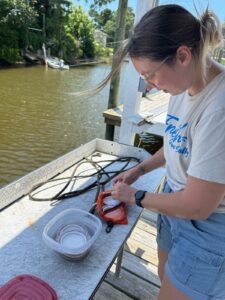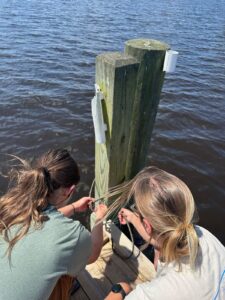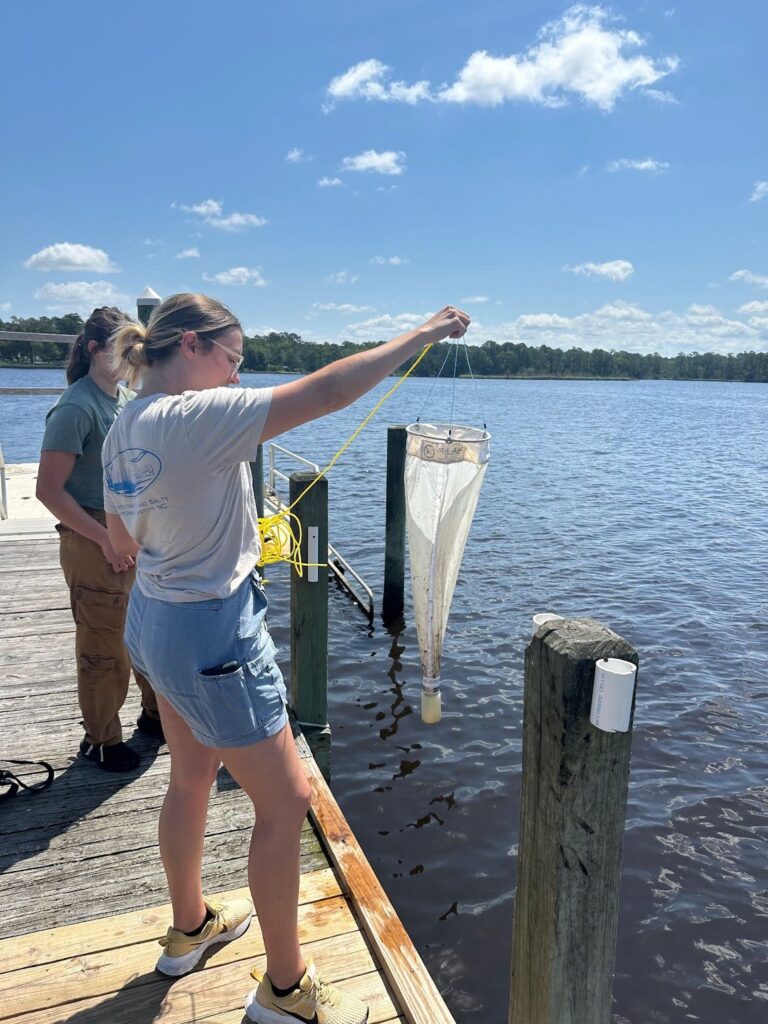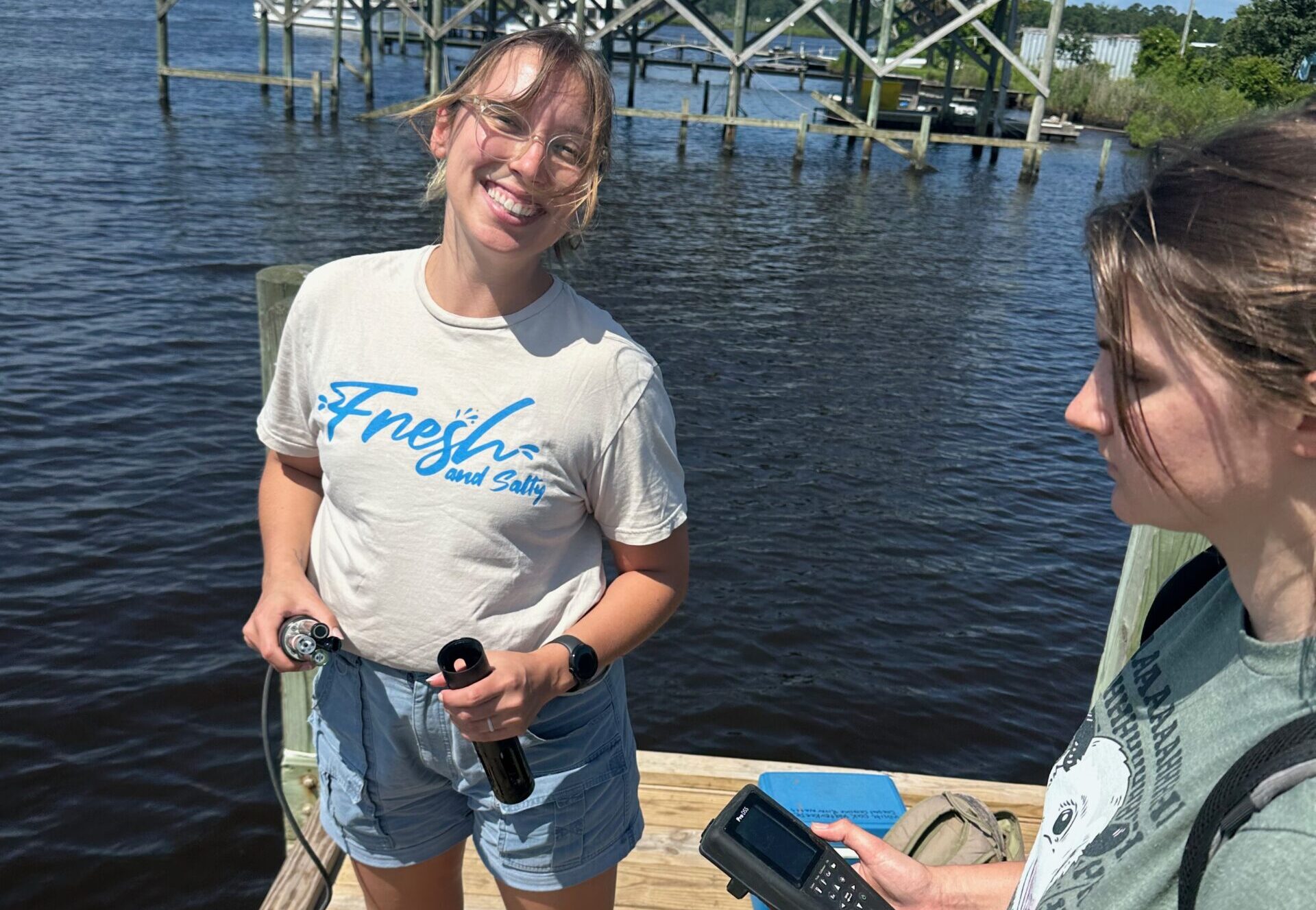
Riley Lewis, Waterkeeper, and Meara Kane, SECU Public Fellows Intern, NCSU, CCRW, collect water samples at Sturgeon City in Jacksonville, NC (Onslow County, New River), 2025. These samples help detect the presence of harmful algae and support early response efforts. Photo by Allison Padgett.
What are HABs?
Harmful Algal Blooms, or HABs, can happen when too much algae grows in a body of water. HABs can produce toxins or have non-toxic effects, such as lowering oxygen levels in water. They are a growing concern in North Carolina because they can have many negative effects, including harming aquatic life, contaminating seafood and drinking water, threatening public health, and damaging local economies by making waters unsafe for fisheries and recreation.
With rising temperatures and increasing nutrient pollution, HABs are becoming more common. Monitoring and early detection are essential for effective response efforts. In order to address this, CCRW conducted biweekly sampling in the White Oak River Basin between June and October 2025. This project includes:
- Toxin detection using passive samplers
- Phytoplankton collection and identification
- Real-time water quality measurements: temperature, salinity, dissolved oxygen, and pH
These efforts will help us better understand what causes local HABs, which algae species are present in the basin, and whether algae toxins are present in the water. This data will help us protect public health, ecosystems, and fisheries.
Learn more about how you can help protect our waters from harmful algal blooms!
Detecting Toxins: SPATT Sampling
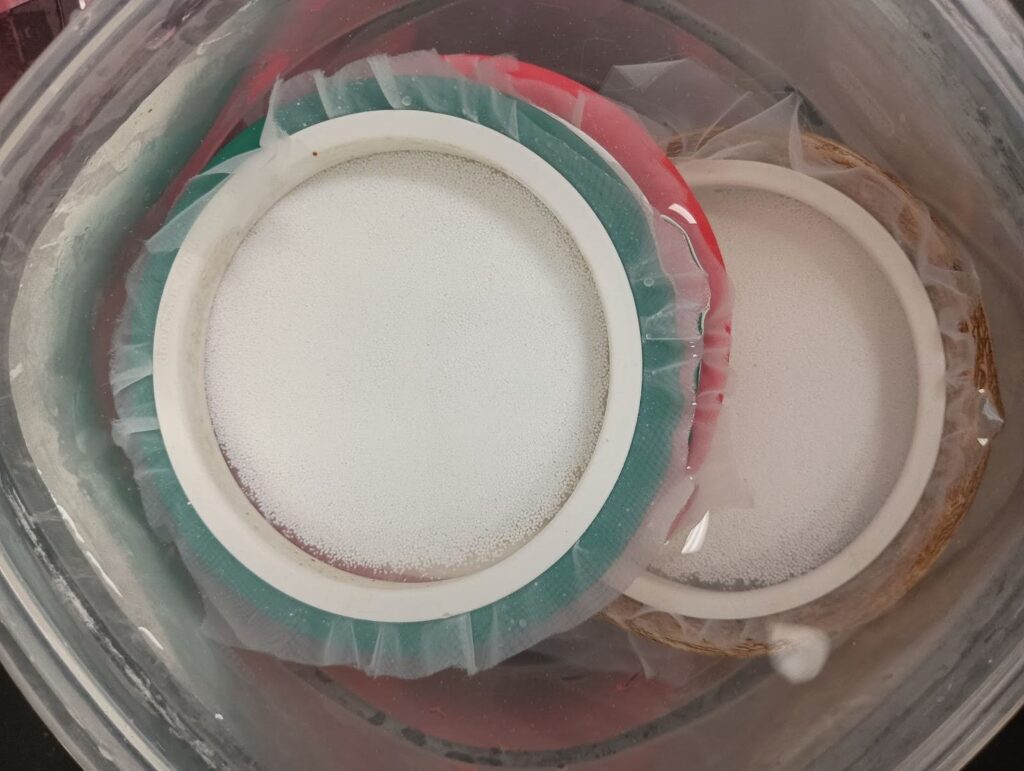
Certain algae species are capable of producing toxins, but determining toxin risk from algae can be difficult. Not all algae produce toxins, and species that are capable of producing toxins don’t always release them. Therefore, testing for toxins directly can give a clearer picture of risks to people and the environment.
To test for toxins in the water, we are using Solid Phase Adsorption Toxin Tracking (SPATT) samplers, which are mesh rings filled with absorbent resin. They are capable of soaking up toxins when they are left in the water. CCRW is working with C-CAPE, an initiative at NC State University that addresses public health and environmental challenges associated with HABs in North Carolina, to deploy SPATTs at four locations along the New River. This is the first time algal toxins have been monitored this way in the area.
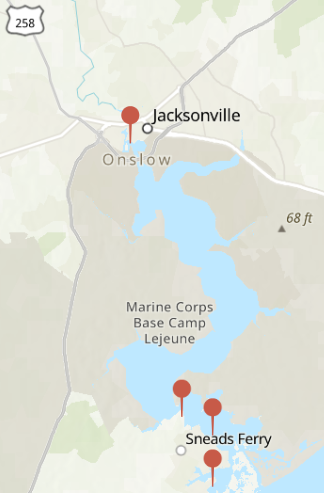
Tracking Microscopic Life: Phytoplankton Tows
In addition to toxin monitoring, we are looking at which species of phytoplankton are present in these locations. This helps us identify potentially harmful algae and understand how microbial communities change in different locations and environmental conditions. Phytoplankton samples are collected nationwide through NOAA’s Phytoplankton Monitoring Network (PMN), a volunteer network that monitors water bodies for target species, which are types of algae known to produce toxins or contribute to HABs.
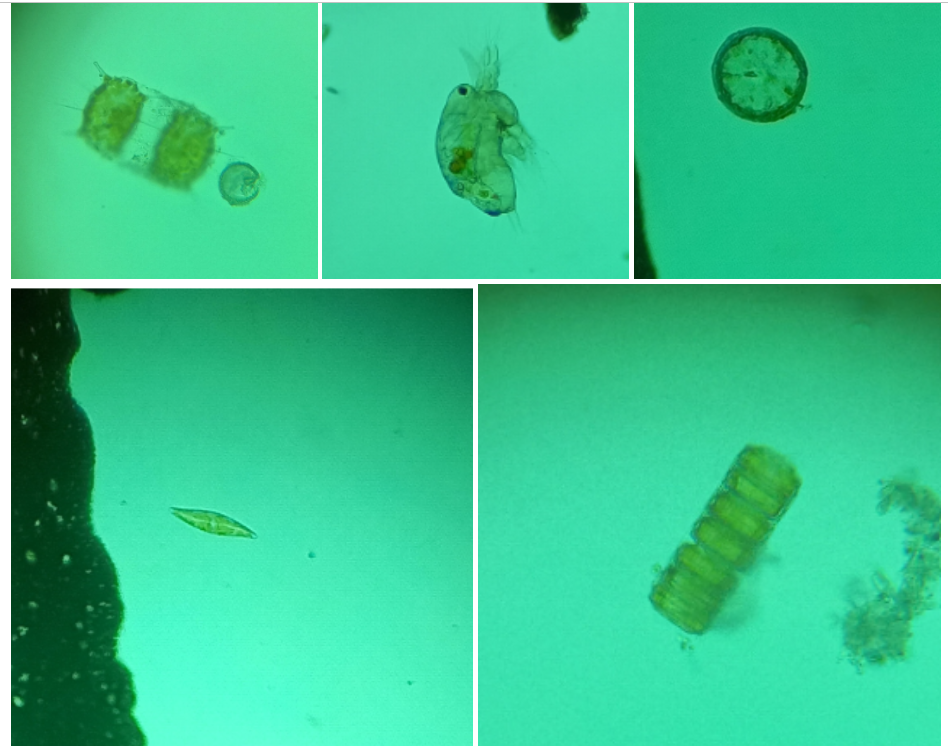
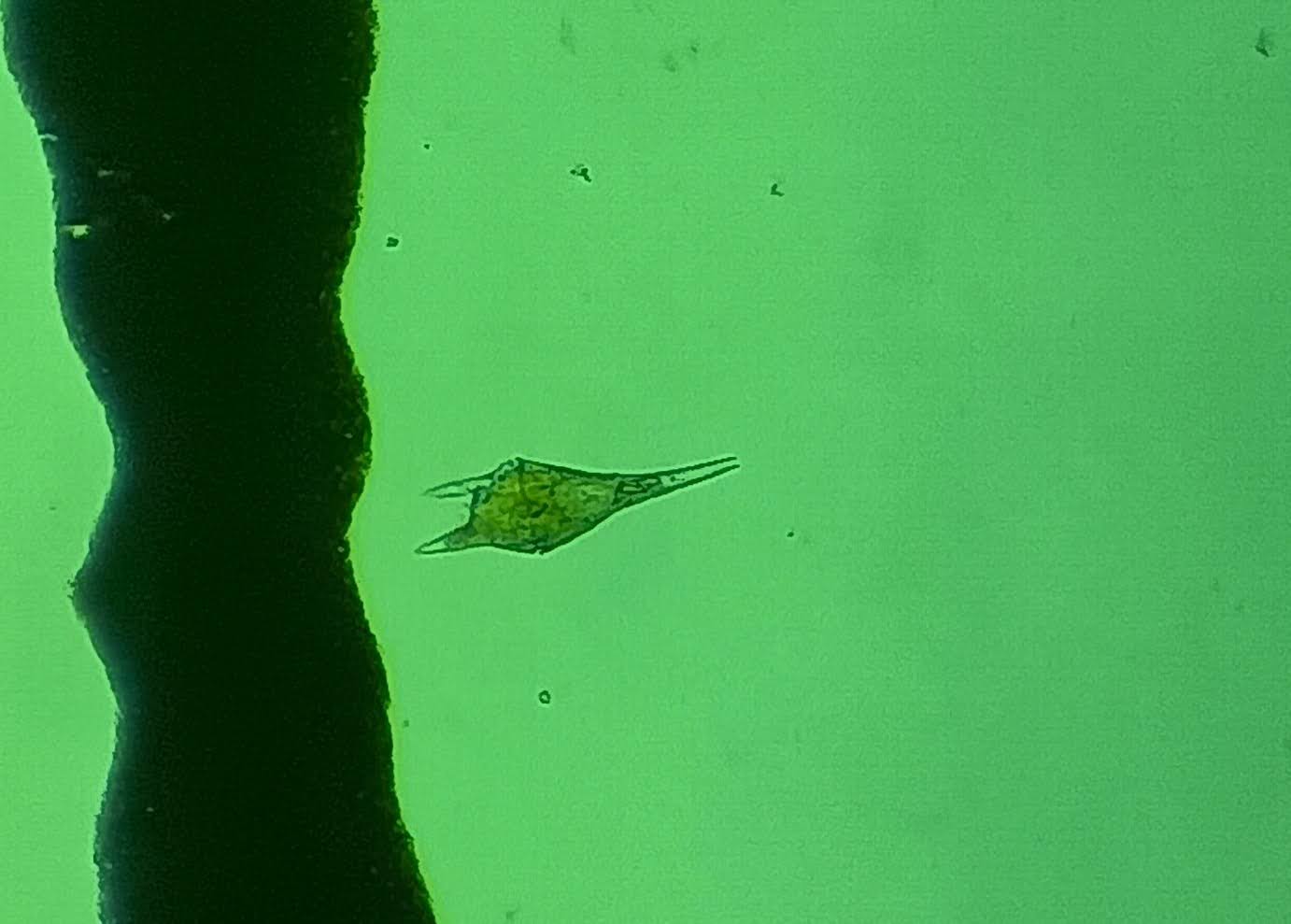
CCRW conducts plankton tows at every sampling site when SPATTs are deployed and retrieved. The phytoplankton species in each sample are identified in the lab using light microscopes. These findings can help us link environmental conditions, such as salinity and dissolved oxygen, and potential toxin presence to specific algae. This can support more targeted, science-based responses to HABs in the White Oak River Basin.
Learn how you can get involved through our Algae Bloom Response resources!
Setup and deployment of SPATT rings in the New River, July 2025. Left: Riley Lewis, Waterkeeper, replaces a SPATT sampler. Right: Meara Kane, SECU Public Fellows Intern, NCSU, CCRW, and Riley Lewis secure a SPATT sampler to its deployment site. These passive samplers help monitor for algal toxins in the water. Photos by Allison Padgett.
Project Partners
The North Carolina Center for Coastal Algae, People, and Environment (NC C-CAPE) addresses public health and environmental challenges associated with HABs in coastal North Carolina. NC C-CAPE involves experts in a variety of scientific fields to investigate the causes of HABs, algal toxin production, and effects of HABs on humans and aquatic species. The center includes three research projects focused on coastal oceanography, toxicology and epidemiology, and modeling as well as a community engagement core that involves local residents and stakeholders in the development research and engagement activities.
Dr. Astrid Schnetzer is one of the directors of NC C-CAPE. Her research through the Plankton Ecology Lab at NC State University focuses on how natural and human-caused processes affect plankton and how changes in plankton communities affect marine ecosystems. Her current projects focus on the North Carolina coast, the Arctic, and the Gulf of Mexico.
Phytoplankton Monitoring Network (PMN)
The PMN is a nationwide volunteer network monitoring phytoplankton species and HABs. Volunteers regularly collect field samples at water bodies and evaluate them for the presence of target species, phytoplankton that are known to contribute to HABs. They offer training for both fresh and saltwater ecosystems. The PMN enhances nationwide HAB monitoring and response efforts by collecting data on phytoplankton species distribution and establishing working relationships between community volunteers and federal and state employees.
SECU Student Fellow Meara
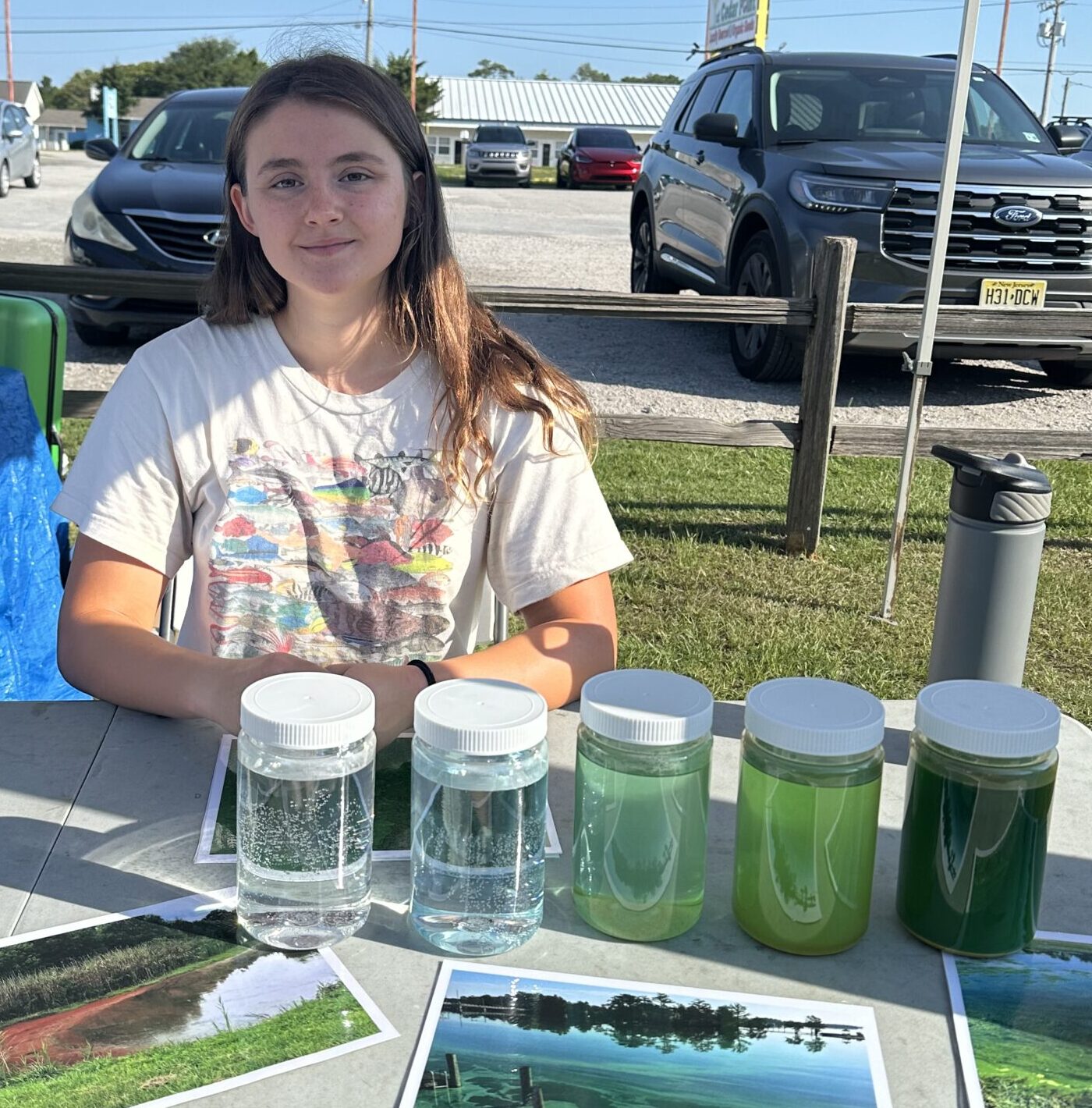
Meara Kane is serving as a Harmful Algal Bloom Fellow with Coastal Carolina Riverwatch with support from NC State University’s SECU Public Fellows Program, which connects undergraduate students to internship opportunities with nonprofit organizations in North Carolina. She is pursuing a bachelor’s degree in Marine Science with a concentration in Biological Oceanography and has experience researching marine microbiology, plant pathology, and coral reef health with various labs and study abroad programs at NC State.
x
x
x
x
x

